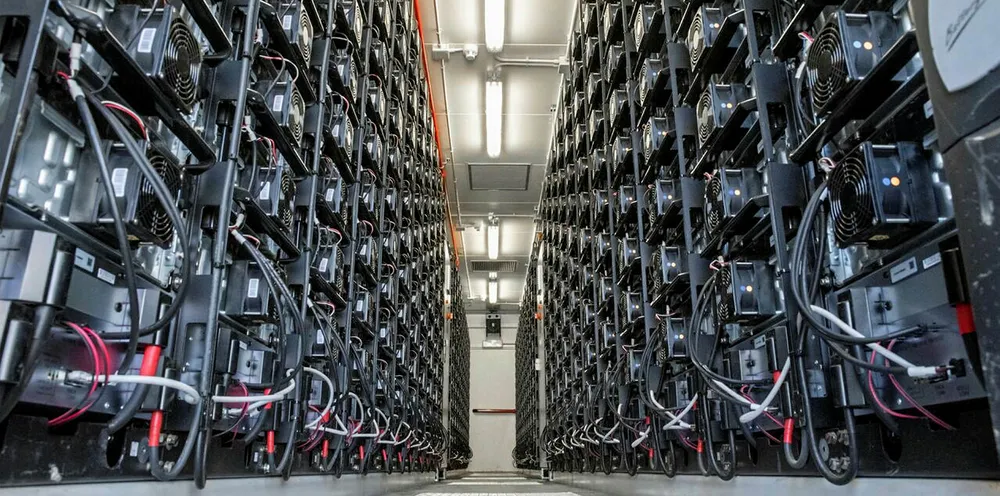Battery storage might not be scaling up fast enough to meet demand: WoodMac
Delays in new production lines, difficulties in sourcing raw materials and competing demand from the EV sector 'could all throw sand in the gears', says analyst Wood Mackenzie
